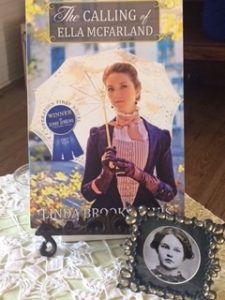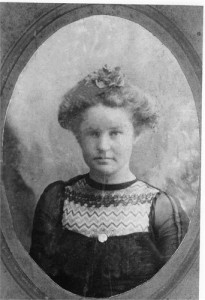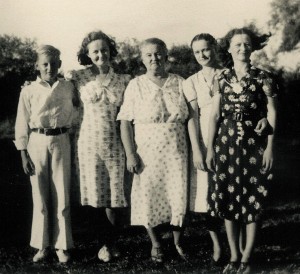The Birth of a Character: Ella McFarland
From where does a novel’s character emerge?

The character Ella Jane McFarland took shape as I considered Mama, my maternal grandmother. What patterns might have emerged in Mama’s kaleidoscope of life with a single twist in one direction or the other? The character Ella McFarland from The Calling of Ella McFarland emerged from this essential question.
Mama was born Ella Jane Pyle in Cooke County, Texas in 1886. Like Ella McFarland, she grew to adulthood as a farmer’s daughter in Indian Territory prior to Oklahoma statehood.

She married my grandfather—William Tribble Banks—in 1904 Indian Territory. Papa had lost an arm in a cotton gin accident but he never saw the loss of the limb as an impairment. With a bit of ingenuity, he farmed as other men did.
Although different in superficial ways, Ella Pyle and the character Ella McFarland are alike fundamentally. Like Ella McFarland, Mama possessed a will of iron and a rock-solid faith.
Mama never drove an automobile or voted. She never joined a woman’s club or spoke publicly. She never progressed beyond third grade. But Ella McFarland attended college and became a skilled teacher. She’s an advocate for women’s rights and speaks publicly as a suffragette.

Touched by the plight of those in need, my soft-spoken grandmother tended sick neighbors. (Tweet That!) She prepared some bodies for burial. She never drove a car. But she handled a team of mules pulling a covered wagon from Oklahoma to the southern tip of Texas in 1923. (Roadways are a sight better today.) Ella McFarland is cut from the same mold.
Unlike many women today …



